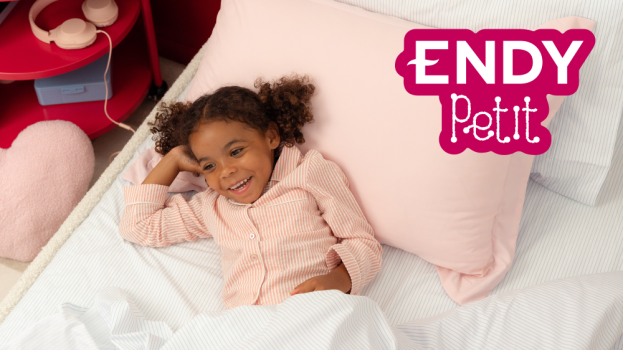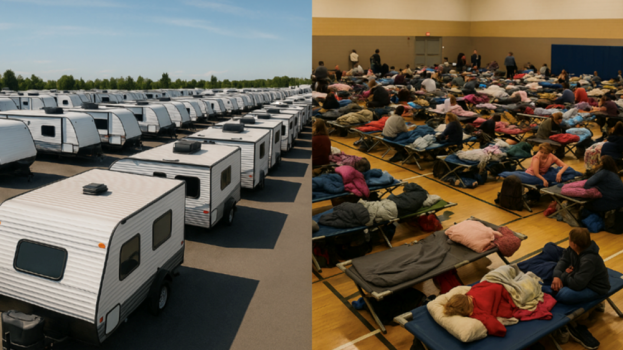 This story originally appeared in the May 2019 issue of strategy.
This story originally appeared in the May 2019 issue of strategy.
Look left or right in any big Canadian city, and you’re likely to notice the bevy of brands from Asia that have set up shop here in recent years.
First, it was Japanese retailers, such Muji and Uniqlo, now it’s Korea’s VDL Cosmetics and Thailand’s Lemongrass House.
Perhaps we can blame (or thank, depending on your perspective) Japanese organizing consultant and author Marie Kondo for North America’s desire for the minimalist aesthetic that Asian retailers bring to the masses.
Kondo’s paean to minimalism, The Life-Changing Magic of Tidying Up, was first published in Japan in 2011, then hit North America in 2014. Kondo, and her stylishly spare look, enjoyed a second-coming when her Netflix series, Tidying Up with Marie Kondo, hit screens earlier this year.
Canadians also love a good value proposition, says Jason Dubroy, VP managing director of TracyLocke. “We live in a discount culture right now, so affordability is kind of a hallmark of most Asian retailers coming to Canada.” That could be a driver behind the arrival of a slew of discount retailers from the East, including Miniso, Mumuso and Ximivogue.
Our desire for discount retail, particularly Japanese, is so ravenous that the chain doesn’t even have to actually be from Japan.
Oomomo, for example, opened in Toronto in late 2018 as a “Japanese-inspired” dollar store. Despite its Vancouver origins, some still erroneously dub the retailer (which has five stores in Canada so far) as being “Japan’s version of Dollarama.”
And while these discount retailers have garnered tons of press and plenty of excitement in the Great White North, not all of it has been positive. Miniso’s Canadian division, for one, recently narrowly avoided bankruptcy. The Kondo effect and love of deals may have sparked an interest in the East among Westerners, but Dubroy says having a large diaspora is what could be attracting Asian brands here. In fact, the majority (61.8%) of newcomers here in 2016 were born in Asia, according to Statistics Canada.
There’s also the fact that the collapse of big American retailers like Sears and Target has literally and figuratively left holes in malls across Canada. And the retrenchment of U.S. brands, such as the Gap and J. Crew, also mean there’s room for new retailers.
All of these factors combined have created the perfect storm for Eastern retailers thriving in the West, say retail analysts. Here’s a look at some of the Asian-born brands that are creating a new retail battleground.
 Muji
Muji
Retail analyst Bruce Winder calls Muji “a latter-day Gap – an updated, interesting Gap.” The affordable brand sells similar items to the Gap, such as French terry hoodies. But, the Japan-born brand also hawks home items like aroma diffusers (which are the most popular item in its Toronto flagship store), furniture, bedding and embroidery services. The brand opened its first store in Tokyo in 1983, and finally opened a Canadian store in Toronto in late 2014. It has 419 stores in Japan, 15 in the U.S. and six in Canada so far. The retailer adds local touches in its Canadian stores, serving up everything from totes with a line drawing of the CN Tower on them to coffee from local roaster, De Mello Palheta.
 Uniqlo
Uniqlo
Popular fast-fashion brand Uniqlo has built a devoted following since its first store opened in Hiroshima, Japan, back in 1984. Like its global rivals, such as Sweden’s H&M, Uniqlo has warehouse-like stores stuffed with affordable wardrobe staples. The minimalist clothing brand has more than 2,000 stores worldwide and opened its first Canadian location in 2016 at Toronto’s Eaton Centre. Today, Uniqlo has 11 Canadian locations, from Surrey, B.C., to its newest Newmarket, Ont., outpost. The retailer’s low prices appeal to Canadians, but its strong design and quality fabrics is what makes Uniqlo truly stand out, says Dubroy. The brand has also made an effort to celebrate Canadian culture: its “Welcome Store” pop-up shop by Rethink offered Canadians the chance to keep a flannel shirt or leave it for a new immigrant.
 VDL Cosmetics
VDL Cosmetics
Among the fashion set, Korean beauty (a.k.a. K-Beauty) and skincare brands have achieved cult status in recent years. Seoul-based VDL Cosmetics was only founded in 2012, but since then it has become globally known for helping people achieve what it dubs that “glass skin glow.” VDL, which stands for Vivid Dreams come to Life, opened its first North American store in the form of a flagship on Toronto’s trendy Queen St. W. shopping strip last summer. It also opened a pop-up at the Toronto Eaton Centre in April, in support of its five-year partnership with Pantone, which includes a collection of products inspired by Pantone’s Colour of the Year, Living Coral.
 Lemongrass House Canada
Lemongrass House Canada
Lemongrass House is known for its all-natural, handcrafted, artisan spa products and fragrances. The Thailand-based premium brand opened its first Canadian store on the West Coast in Vancouver’s well-heeled Gastown neighbourhood last summer. The airy shop is the first North American store for the retailer, which operates about 40 stores in 12 countries. Lemongrass House already enjoys brand awareness as its products are distributed in more than 30 countries via luxury hotels and spas, including Four Seasons Resorts. The Vancouver shop has hardwood floors and green walls echoing the colour of lemongrass, as well as the brand’s logo.























